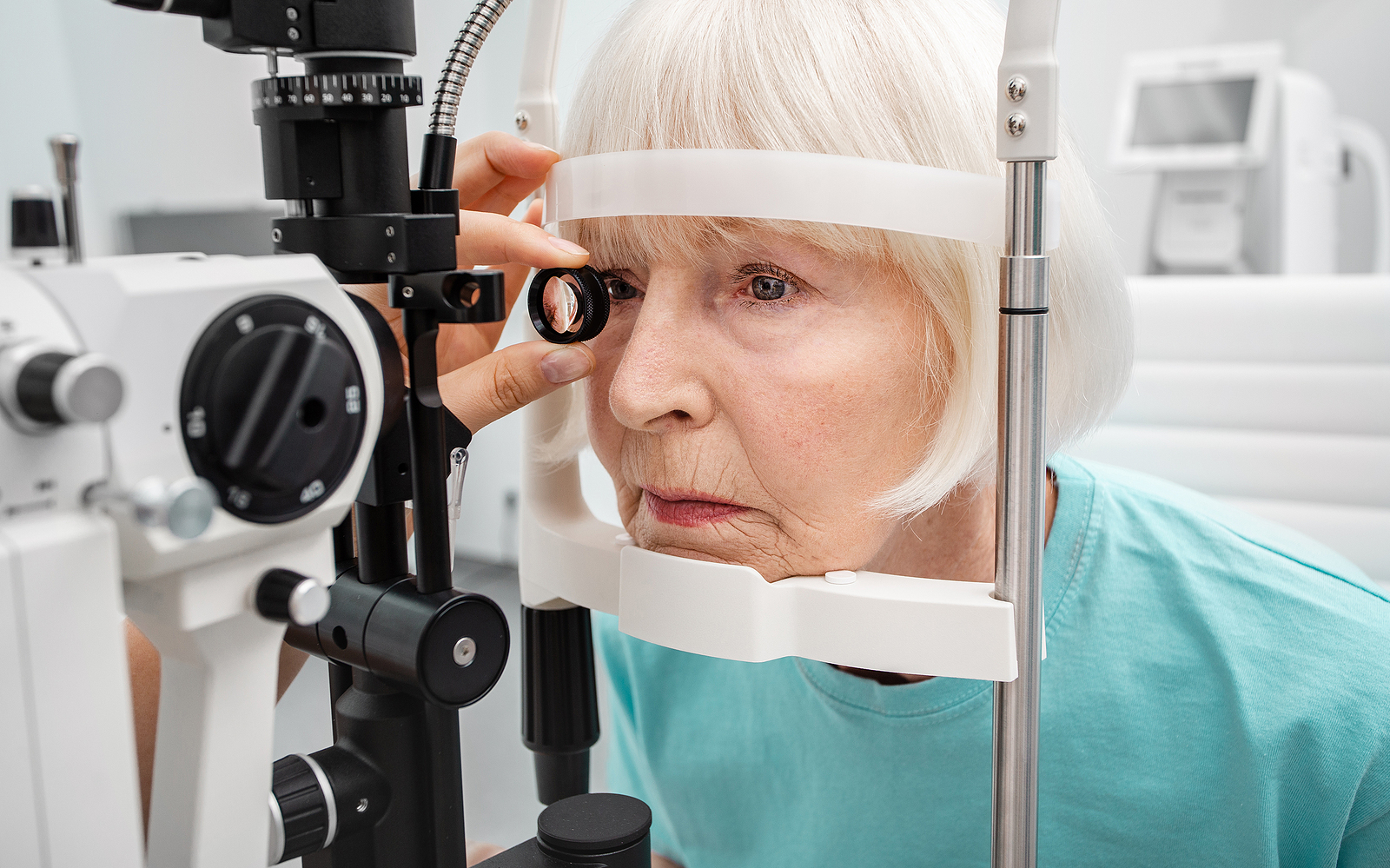What Patients Should Know about Clear Lens Exchange

Clear Lens Exchange can help patients who aren’t candidates for LASIK or PRK improve their vision and live fuller, richer lives.
If you’re struggling with your vision, finding the right treatment for your needs and lifestyle is important. Between glasses, contact lenses, and corrective procedures, you and your eye care specialist have plenty of options to choose from when deciding how to correct your vision.
With Clear Lens Exchange (CLE), patients can elect to have surgery that uses laser technology to replace their eyes’ natural lenses with an intraocular alternative. CLE provides patients with an alternative to LASIK and PRK, while still allowing for the highly custom results that have become the hallmark of each.
Who Qualifies for Clear Lens Exchange?
While the decision to undergo CLE is one best left to you and your eye care specialist, there are common characteristics and restrictions among those who most often elect for the procedure.
For example, CLE is a popular option for patients over 40 who are looking for ways to permanently eliminate the need for glasses. CLE can also be advantageous for patients who don’t currently have cataracts and who want to prevent them from ever developing. For those who are beginning to experience the onset of cataracts, CLE can help prevent the condition from worsening.
For patients who are under 40, CLE can still be a great option under the right conditions. If you have extreme prescriptions or thin corneas, for example, it’s likely that your eye care specialist will recommend CLE over LASIK or PRK.
What Patients Can Expect from CLE
CLE uses laser technology to create excellent results that are comparable to cataract surgery or lens replacement. The new intraocular lens will sit inside your eye rather than on the surface like contact lenses, meaning that you won’t feel or even see the new lens.
The extent of vision correction will correlate to the type of intraocular lens chosen in conjunction with your eye care specialist. Whether you’re struggling with reading screens, keeping up with an active lifestyle, or enjoying the outdoors, your eye care specialist will help you select the best lens to improve your vision and reduce, or even eliminate, the need for glasses or contact lenses.
How They Will Recover
After CLE, patients can expect a reasonably brief recovery. While vision will stabilize within a few days, it normally takes up to a week for you to be able to resume normal day-to-day activities and several weeks until your newly corrected vision is completely noticeable. Until then, some patients report blurry vision, glares from lights, and the occasional itchy sensation in the eye.
If you think CLE might be right for you, consider meeting with an eye care specialist to discuss your options. With a free consultation at the Swagel Wootton Eye Institute at our Mesa or Chandler locations, you can receive all of the information you need to make an informed decision with an experienced professional.
[DISPLAY_ULTIMATE_SOCIAL_ICONS]








